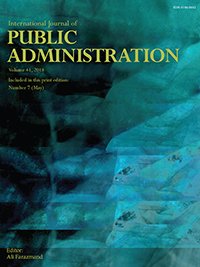
Decision-making in emergencies requires non-traditional approach and tools characterized by non-hierarchical structure and flexibility. The dynamic environment of disasters makes it imperative to invest in inter-sector and inter-agency cooperation and coordination. Focusing on the Emergency Management Assistance Compact's (EMAC) response to Hurricanes Katrina and Rita in 2005, this article examines the decision-making structure of the agreement. EMAC is an inter-state mutual aid agreement that facilitates sharing of resources during and after disasters. While EMAC's overall decision-making performance was relatively satisfactory and flawless, investment in communication, trust-building, and eradication of inter-agency value differences and discrepancies is imperative.
